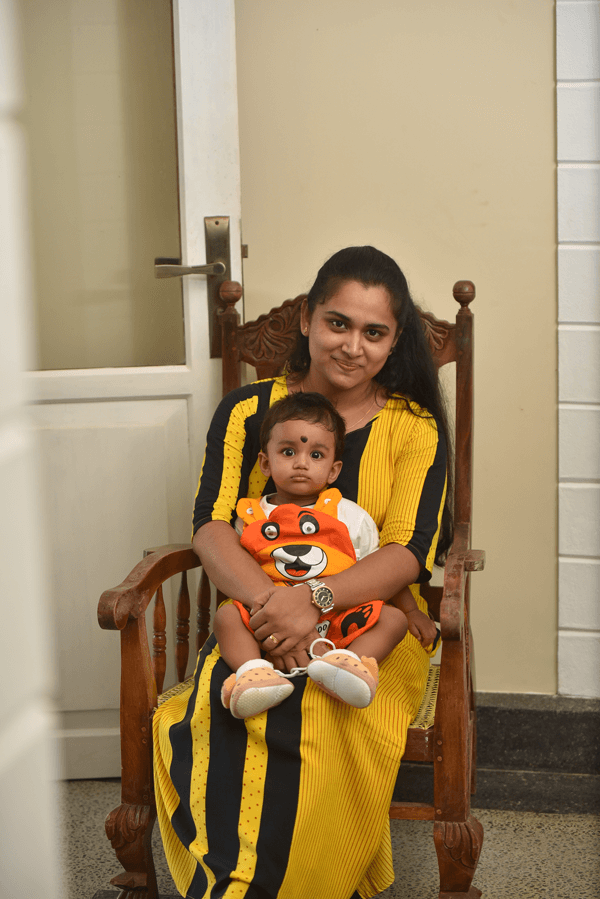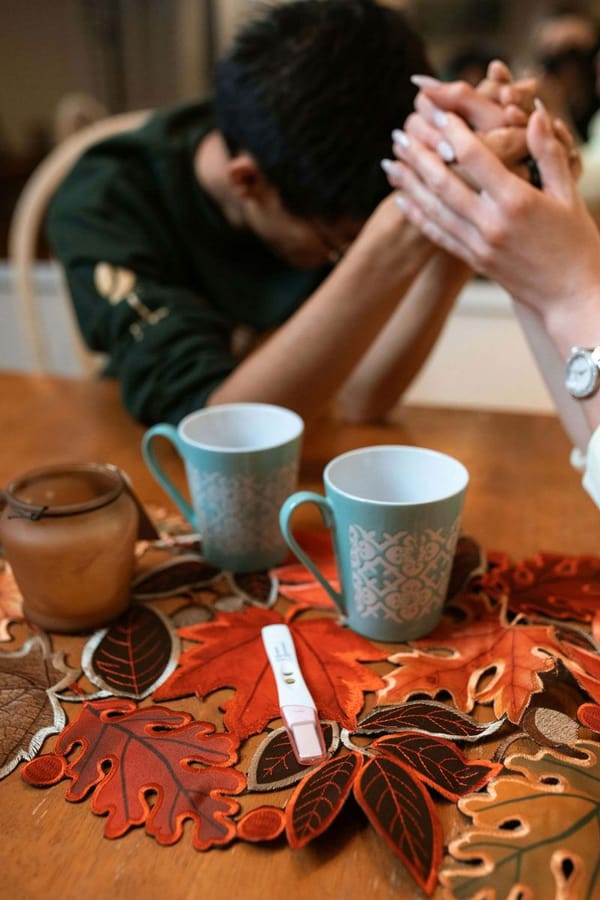Ovulation, the release of a mature egg from your ovary, is like a green light for conception. Whether you are attempting to conceive or avoid getting pregnant, keeping track of when it occurs can be quite beneficial. But how can you tell when the performance is, as it were, over? Rest assured, your body will notify you when ovulation is complete through subtle—and occasionally not-so-subtle—signals. Let's examine some crucial indicators to be aware of:
1. Cervical Mucus Magic: When ovulation was approaching, do you recall the clear, elastic cervical mucous that felt like egg whites? It's your body extending a warm greeting to sperm. This mucus thickens and gets hazy after ovulation, making the environment less inviting for the little swimmers.
2. Temperature Talk: If you're charting your basal body temperature (BBT), you'll likely see a sustained rise after ovulation due to the progesterone surge. If the temperature dips back down to pre-ovulation levels, it can indicate the end of the fertile window.
3. Libido Lowdown: That spike in libido that coincides with ovulation? It is mostly triggered by estrogen, and once the egg is produced, it usually stops. Thus, a decline in libido may indicate that ovulation is no longer occurring.
4. Breast Buddies: Some women experience breast tenderness or soreness around ovulation. This usually subsides within a few days after, signaling the end of the fertile phase.
5. Cramping Cues: Mild pelvic cramps are common during ovulation, but they shouldn't last long. If they persist, it's best to consult your doctor.
6. OPK Insights: If you're using ovulation predictor kits (OPKs), a negative test after a positive one tells you ovulation has likely occurred.
7. The Calendar Clue: Monitoring your menstrual cycle might help you get an approximate idea of when ovulation might stop, even though it's not as accurate as other approaches. The majority of women who have normal cycles have ovulation around day 14.
8. The Big Reveal (Pregnancy!): The ultimate "ovulation is over" sign? A positive pregnancy test! Remember, the egg only lives for about 24 hours after ovulation, so a positive test confirms fertilization happened during that window.
Remember:
Each woman exhibits these indicators differently, and some may stand out more than others. It's advisable to follow your cycle regularly and pay heed to the signals that your body sends forth. You can better understand your unique cycle and interpret these indicators by speaking with a healthcare provider.
Bonus Tip:
Consider using ovulation-tracking apps or fertility monitors to help you chart your signs and gain valuable insights into your cycle.
With a little detective work and body awareness, you can become a pro at identifying when your ovulation journey comes to an end!







